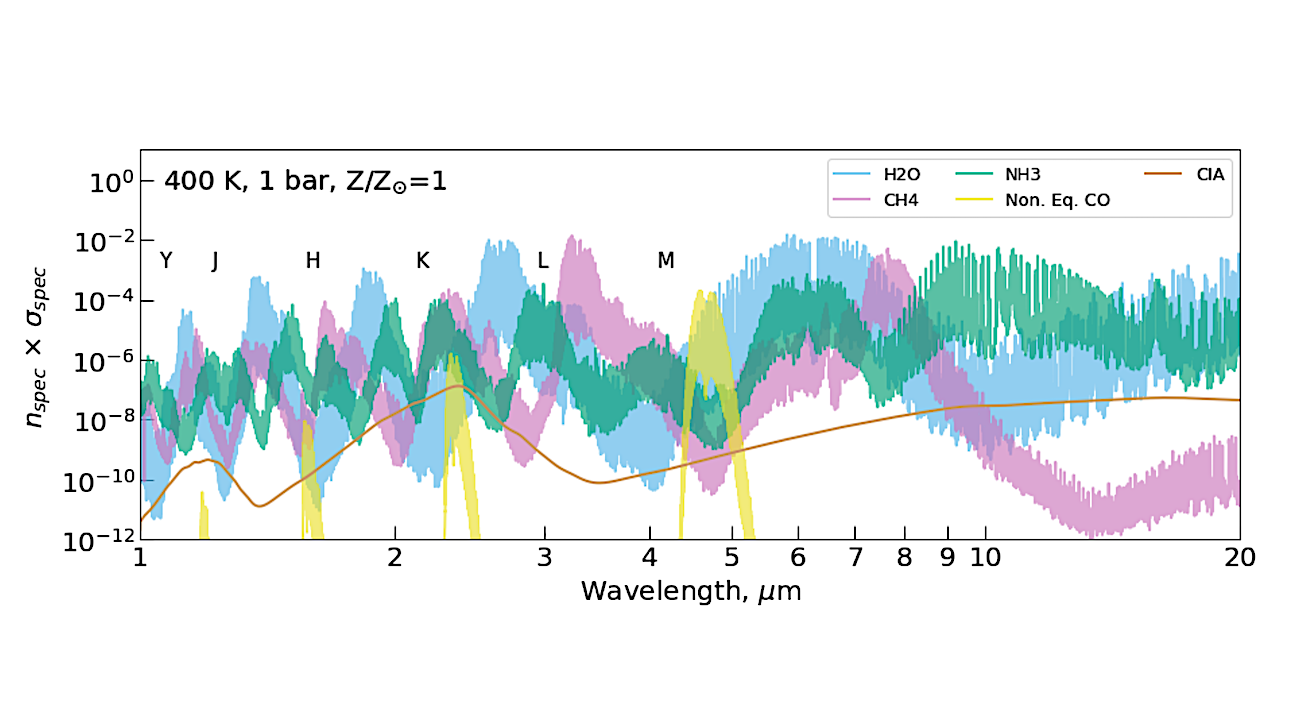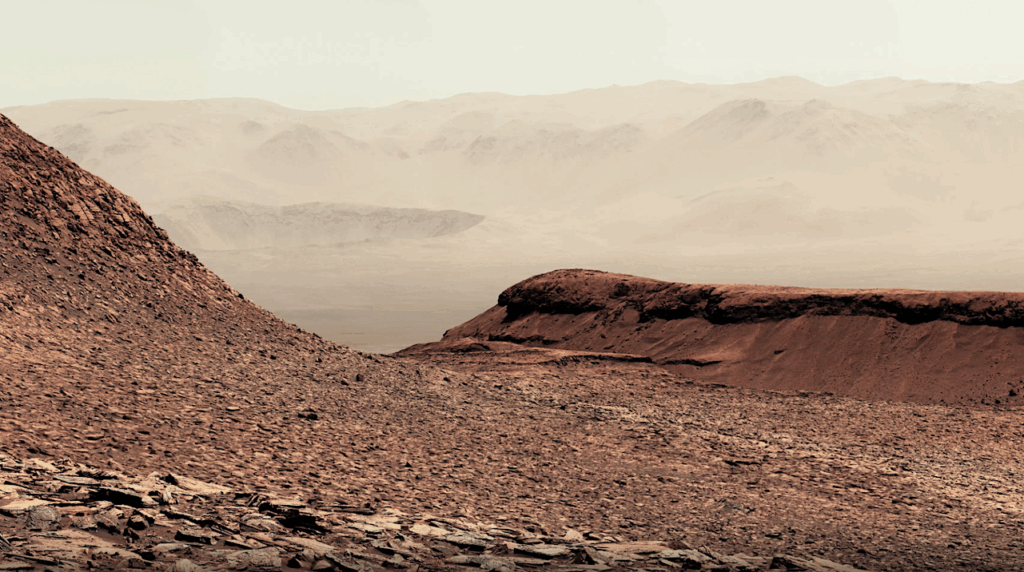Self-consistent Models of Y Dwarf Atmospheres With Water Clouds And Disequilibrium Chemistry

Y dwarfs are the coolest spectral class of brown dwarf. They have effective temperatures less than 500 K, with the coolest detection as low as ~250 K. Their spectra are shaped predominantly by gaseous water, methane, and ammonia.
At the warmer end of the Y dwarf temperature range, spectral signatures of disequilibrium carbon monoxide have been observed. Cooler Y dwarfs could host water clouds in their atmospheres. Since they make up the low-mass tail of the star formation process, and are a valuable analogue to the atmospheres of giant gaseous exoplanets in a temperature range that is difficult to observe, understanding Y dwarf atmospheric compositions and processes will both deepen our understanding of planet and star formation, and provide a stepping stone towards characterizing cool exoplanets.
JWST spectral observations are anticipated to provide an unprecedented level of detail for these objects, and yet published self-consistent model grids do not accurately replicate even the existing HST and ground-based observations.
In this work, we present a new suite of 1-d radiative-convective equilibrium models to aid in the characterization of Y dwarf atmospheres and spectra. We compute clear, cloudy, equilibrium-chemistry and disequilibrium-chemistry models, providing a comprehensive suite of models in support of the impending JWST era of panchromatic Y dwarf characterization.
Comparing these models against current observations, we find that disequilibrium CH4-CO and NH3-N2 chemistry and the presence of water clouds can bring models and observations into better, though still not complete, agreement.
Brianna Lacy, Adam Burrows
Comments: main text: 27 pages, 19 figures, 4 tables; appendix + references: 13 pages, 3 figures, 4 tables; model grid available on zenodo this https URL
Subjects: Earth and Planetary Astrophysics (astro-ph.EP); Solar and Stellar Astrophysics (astro-ph.SR)
Cite as: arXiv:2303.16295 [astro-ph.EP] (or arXiv:2303.16295v1 [astro-ph.EP] for this version)
https://doi.org/10.48550/arXiv.2303.16295
Focus to learn more
Submission history
From: Brianna Lacy
[v1] Tue, 28 Mar 2023 20:18:57 UTC (22,797 KB)
https://arxiv.org/abs/2303.16295
Astrobiology








